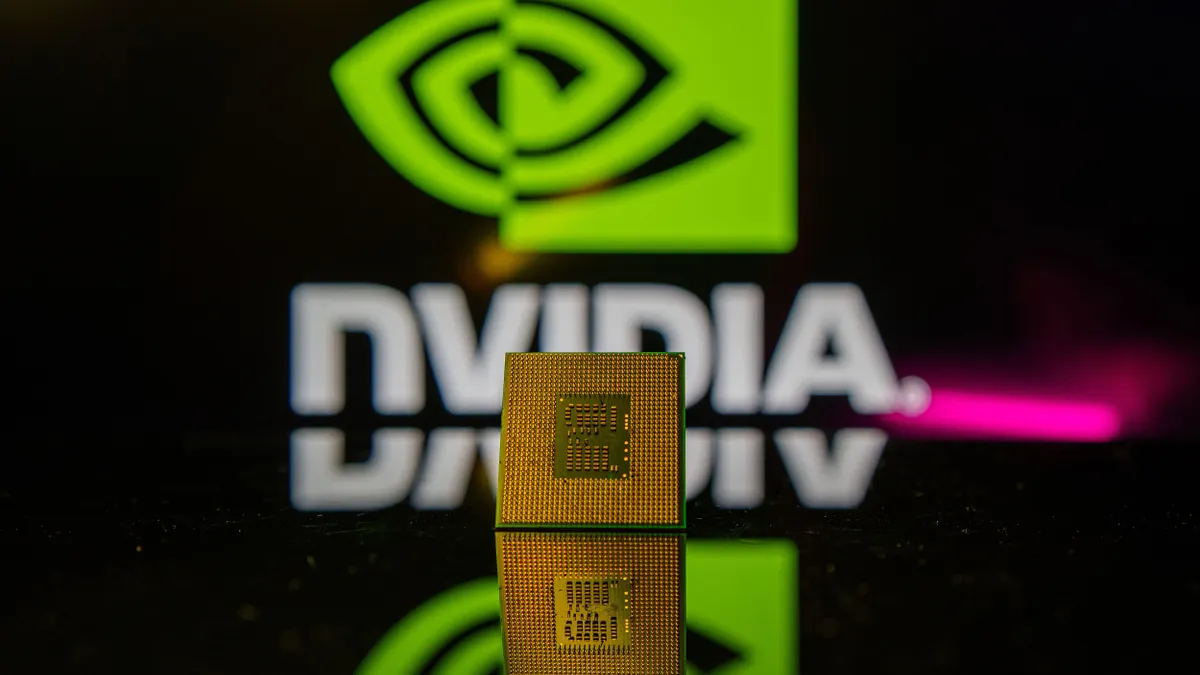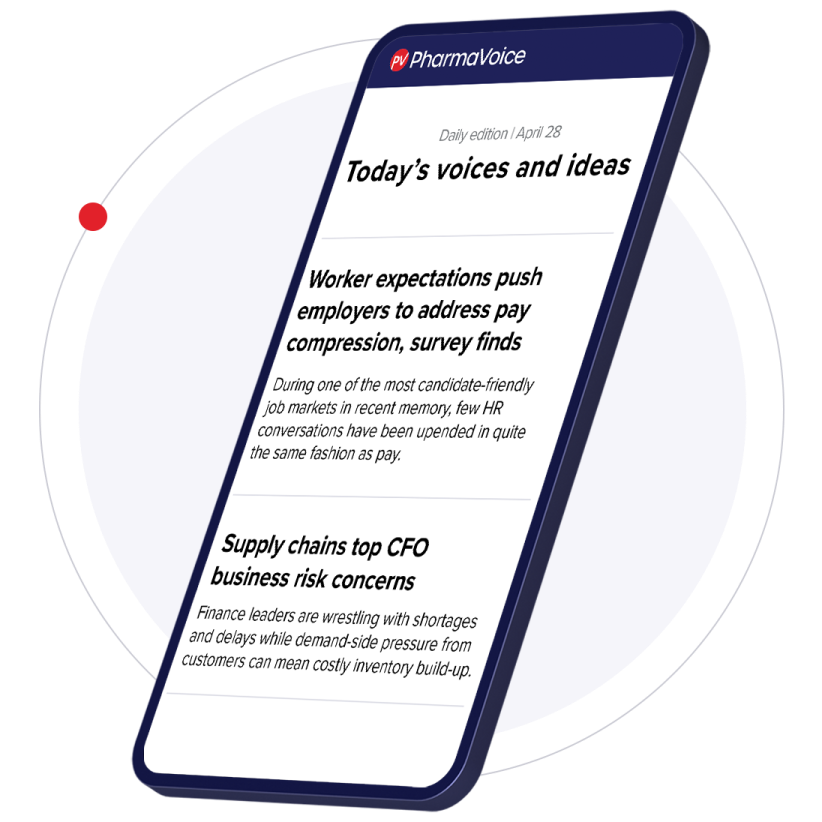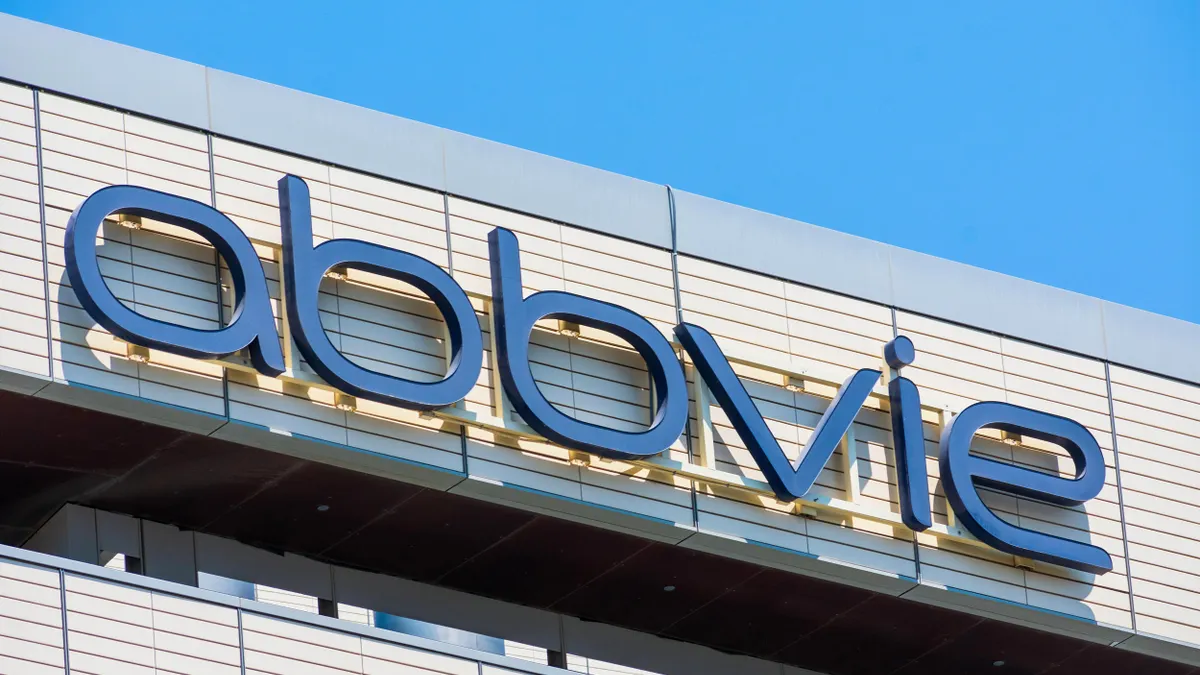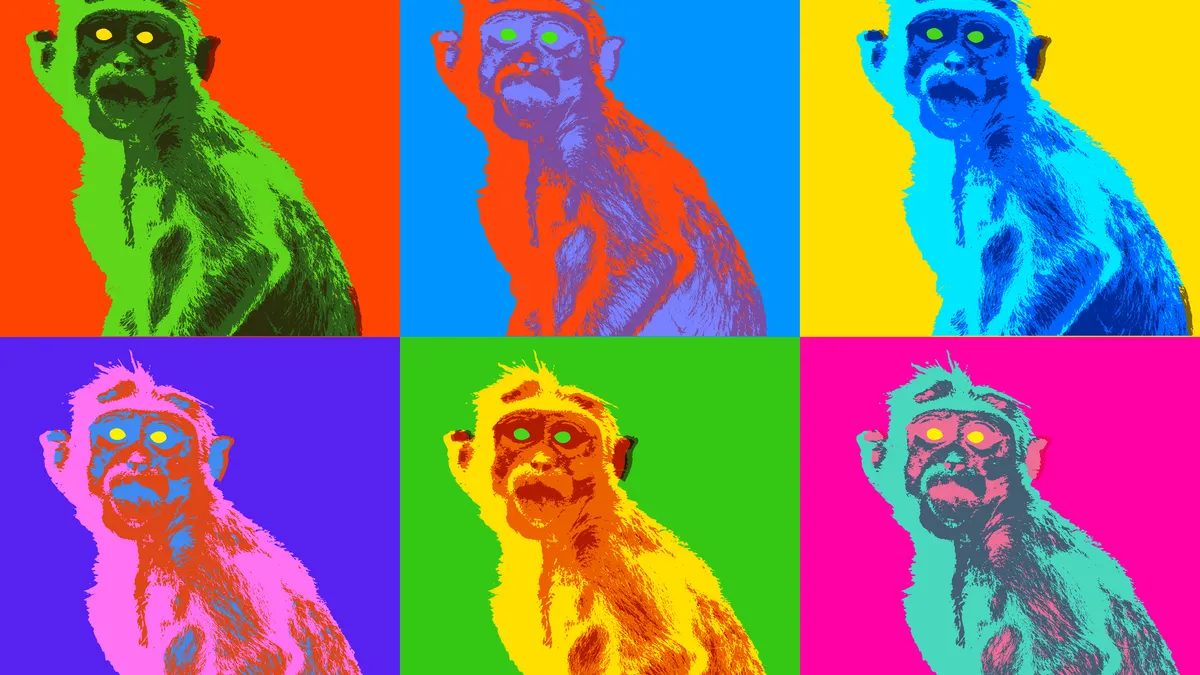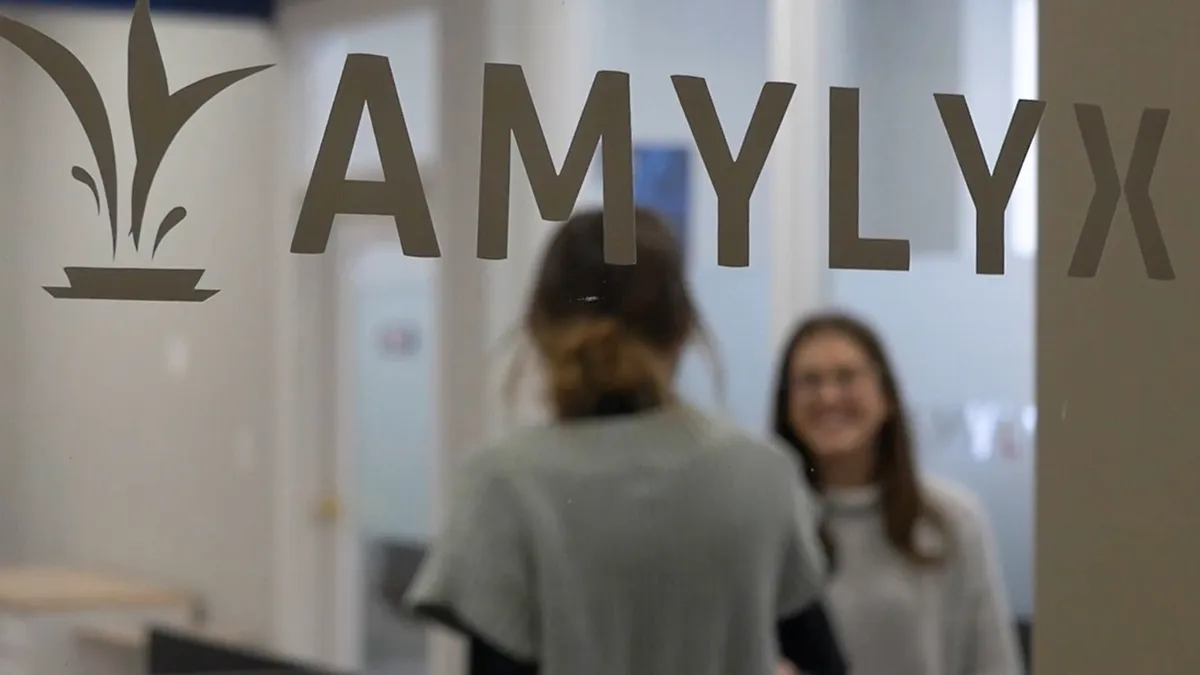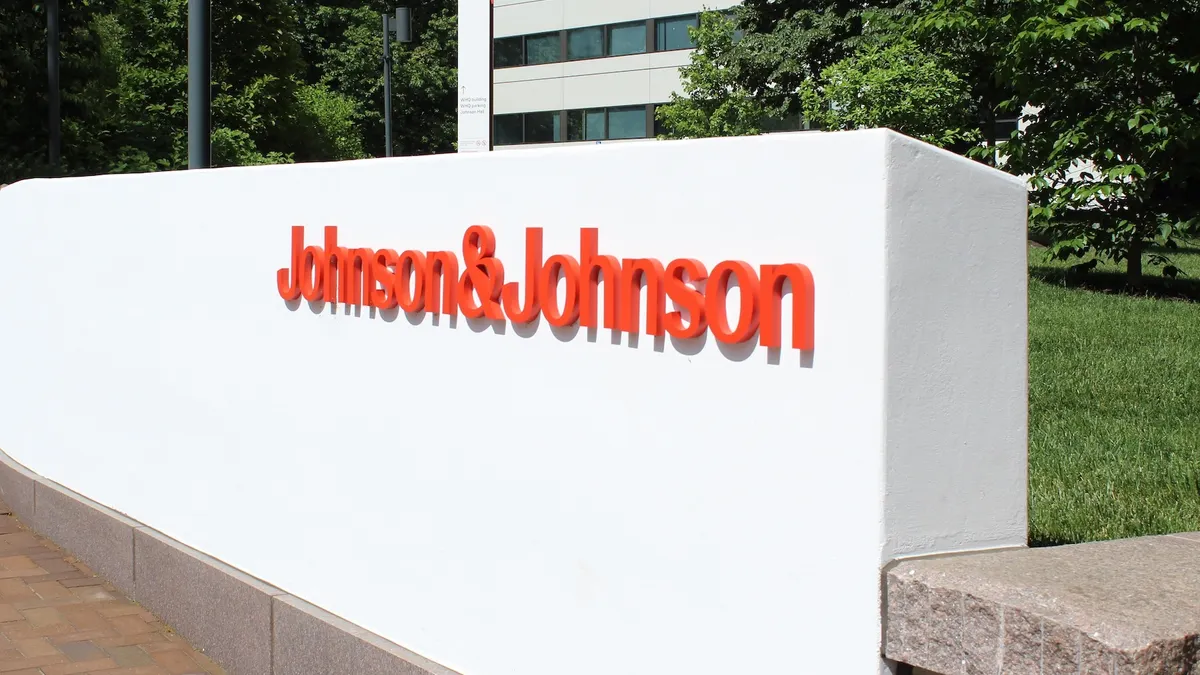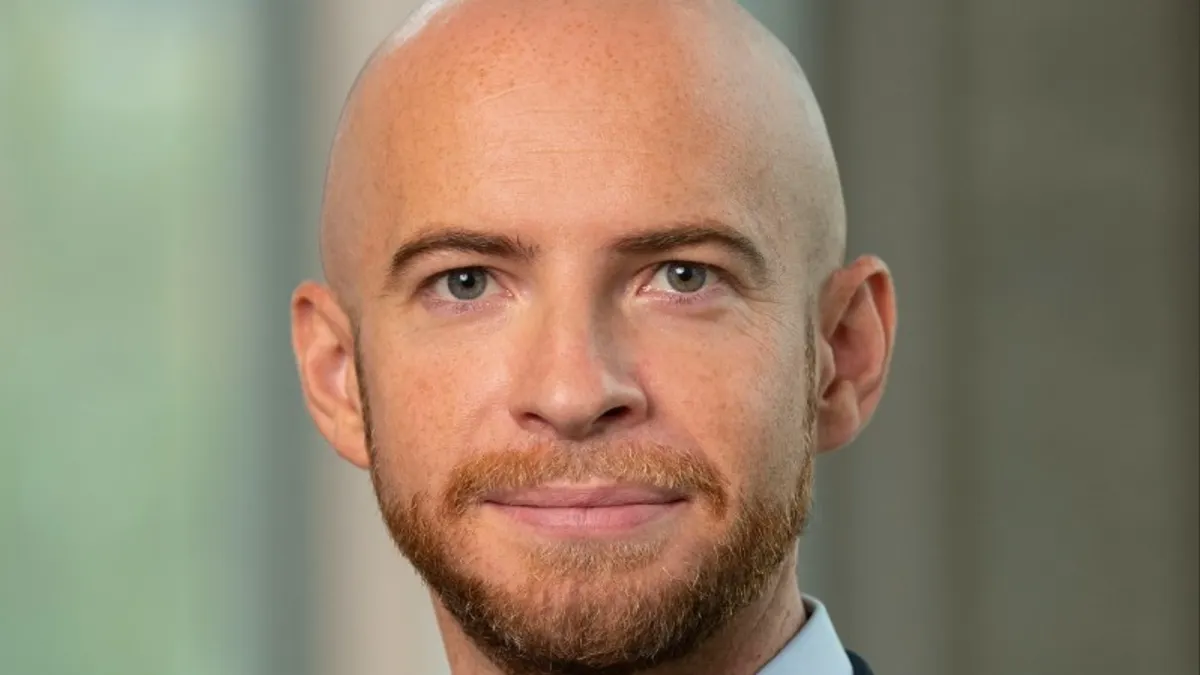Three of the top four AI companies by market capitalization — Nvidia, Microsoft and Google — have something in common: They all have a foot in the drug development space.
Private AI companies are minting billionaires at a ferocious clip, many without even turning a profit. The rapid rise has prompted fears of a tech bubble, but AI in drug development might be a bit more “insulated” from a potential crash, said Ben Riccio, an associate analyst for industry and technology research at PitchBook.
“You’re already seeing big pharma companies using these models to expedite the preclinical screening process. There are real cost savings and real-time savings already in initial developments,” he said. “I think as long as these tools are working, and there is that kind of de-risking and cost savings in drug development, it's more insulated than a general consumer AI or vertical AI application in a different segment.”
And although prospects of a popped AI bubble might make computing power a scarce commodity or slow down the proliferation of AI companies, drug development is a “different business model,” Riccio said.
“If the bubble pops, it's not like those clinical trials are going to stop,” he said. “If the drugs work and are having success, they'll end up progressing through trials.”
AI within the drug development space has remained hot, from Insilico Medicine’s industry-first AI-designed candidate rentosertib, to Isomorphic Labs’ $600 million funding haul and a Nobel Prize in chemistry for its CEO.
And tech’s biggest players are channeling massive computing capabilities into AI systems for drug discovery, both with pharma and biotech partners and on their own.
Here’s a look at the most valuable AI companies in the pharma space.
Nvidia
Market cap: $4.4 trillion
Its work: Offering support and partnership to biotechs
In addition to making early investors rich, Nvidia’s reach in drug development is extensive. Among its offerings are BioNeMo, an open-source machine learning framework for building and training models for biopharma; and NVIDIA Inception, a program that provides technical training and AI platform guidance to startups and counts Insilico Medicine as a member.
In June, Nvidia said it would work with Novo Nordisk to create customized AI models and agents that the drugmaker plans to use for early research and clinical development.
Rory Kelleher, global business development lead for healthcare and life sciences at Nvidia, summed up the overall industry crossover in a statement: “AI is essential for every industry, and there’s no other field that will benefit more from acceleration than drug discovery.”
Microsoft
Market cap: $3.8 trillion
The latest: The generative deep-learning system BioEmu that helps decode protein motion.
Microsoft’s presence in AI drug discovery is extensive, including a partnership with Novo Nordisk to build a platform that has resulted in “predictive AI models for advanced risk detection in cardiovascular diseases, including an algorithm that can predict patients’ cardiovascular risk better than the best clinical standards.”
The tech juggernaut also developed TamGen, a chemical language model for developing target-specific drug compounds for tuberculosis drug research.
Microsoft’s latest splash came in July when it published research into BioEmu, a generative deep learning system that emulates protein shapes and movements.
Previous work at this scale had been a challenge. But BioEmu delivers “insights in hours that would otherwise require years of simulation,” Microsoft Chairman and CEO Satya Nadella said on X in July.
According to the article published in the journal Science, BioEmu’s practical uses include identifying binding pockets and allosteric mechanisms in drug discovery and generating ensembles for dynamical protein design, which can help reduce clinical trial failure rates.
Market cap: $2.9 trillion
What’s new: A model that IDs a potential cancer therapy pathway.
Last year, the Nobel Prize in chemistry went to the neural network AI program AlphaFold, Google’s DeepMind protein-structure mapping technology. Now, Google has released Cell2Sentence-Scale 27B, a 27 billion-parameter foundation model that’s helped discover a new cancer therapy pathway.
The model found a novel cancer mechanism to potentially solve a major immunotherapy problem: making “cold” tumors, which are invisible to the body’s immune system, “hot.” Not only did the model predict which drugs might work, but it confirmed the prediction in the lab by testing it in human neuroendocrine cell models.
According to Google, the model “marks a milestone for AI in science.”
“That's obviously really exciting and kind of the first announced achievement in this idea of creating models that act like virtual cells,” Riccio said. “Not only can you use these models to make the drugs, but you can use them to take that next step of validation and find new drugs.”
The new model builds on C2S-Scale, a family of open-source large language models released this year that are trained to “read” and “write” biological data at the single-cell level, and is only a part of Google’s expanding work in this area.

